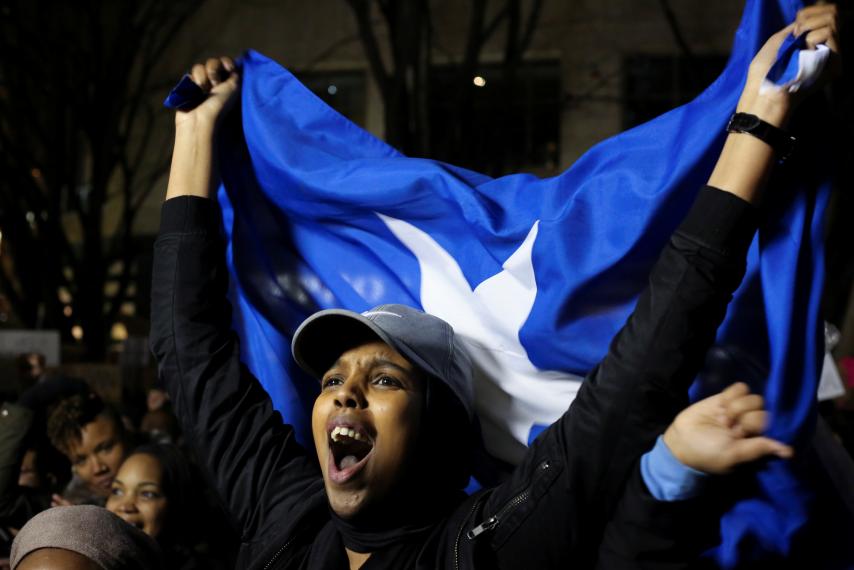
What Can a Somali Granted Asylum Do if Facing Deportation Under Trump Administration?
Lately there have been well-publicized raids in Minnesota and other parts of the country, in which immigration authorities have been cracking down on Somali immigrants who were granted asylum but then may have committed a crime and are now subject to deportation.
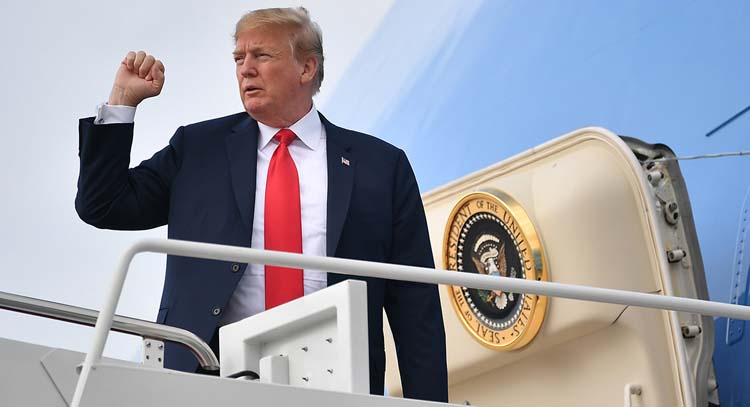
The Courts Respond to Trump’s Third Travel Ban
On October 17, 2017 the District Judge from the U.S. District Court in Maryland issued a nation-wide injunction prohibiting the imposition of the travel ban against nationals of all the listed countries in the President’s Proclamation 9645 except North Korea and Venezuela. On October 18, 2017 the District Judge from the U.S. District Court of Hawaii issued a nationwide temporary restraining order against the September 24, 2017 Proclamation, except for North Korea and Venezuela.
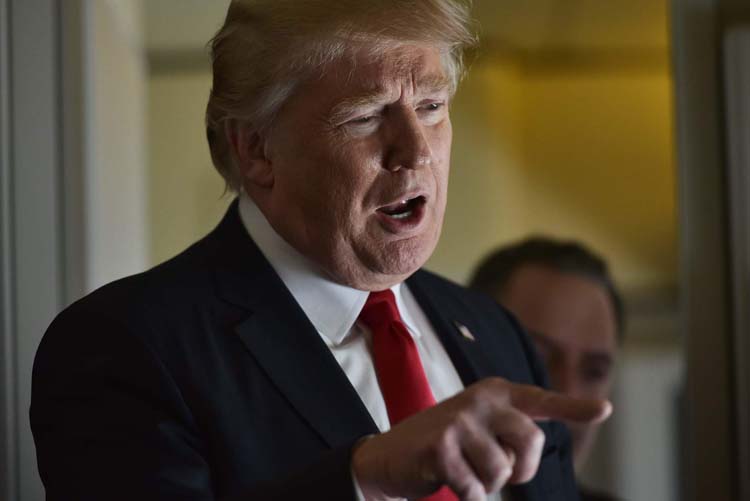
Trump’s 3rd Travel Ban
Enhancing Vetting Capabilities and Processes for Detecting Attempted Entry Into the United States by Terrorists or Other Public Safety Threats 9/24/2017 The main points of President Trump’s Proclamation 9645 are as follows…
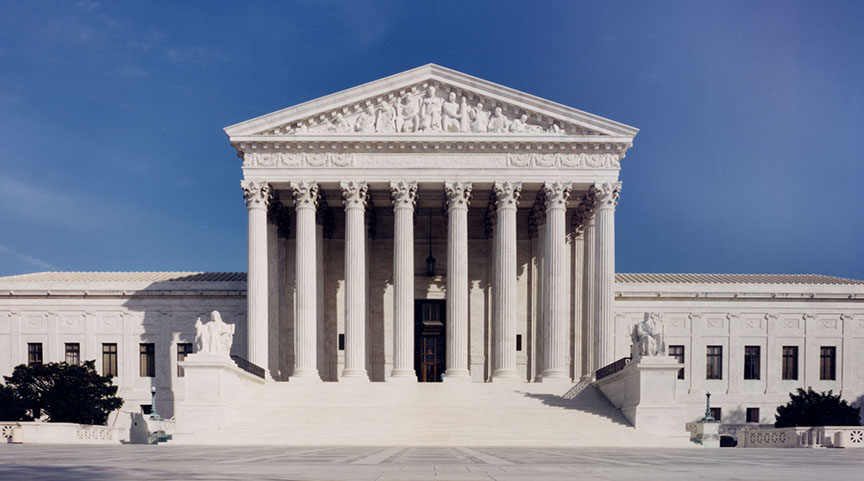
US Supreme Court Defines Close Family Relationship and Rules on Hawaii’s Court Injunction
In response to the U.S. Supreme Court ruling defining close family relationship, on July 13, 2017 the U.S. District Court for the District of Hawaii modified its preliminary injunction to include as close family members grandparents, grandchildren, brother and sister – in laws, aunts, uncles, nieces, nephews and cousins.
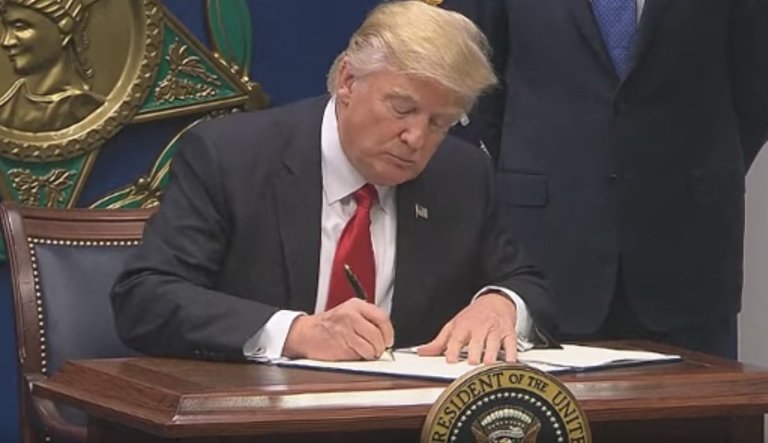
Guidance on the Travel Ban
On June 14, 2017 the President issued a memorandum to implement the second executive order in 72 hours. On June 26, 2017 the American Immigration Lawyers Association (AILA) issued the following guidance…
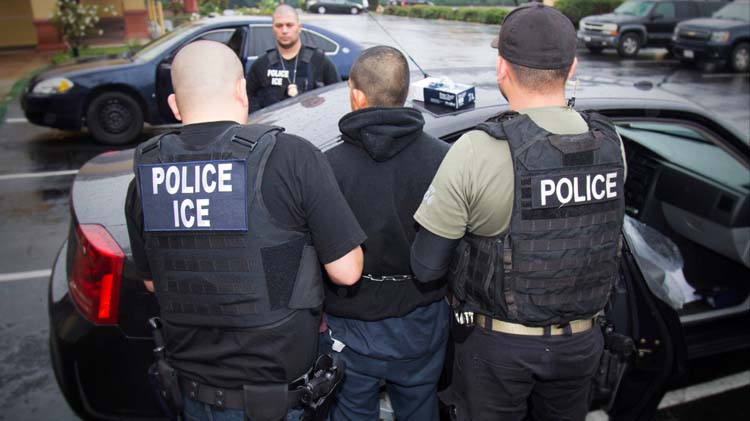
The American Immigration Council’s Overview of the Abuses That Resulted From the 287(g) Program
Section 287(g) of the Immigration and Naturalization Act became law as part of the Illegal Immigration Reform and Immigrant Responsibility Act of 1996 (also known as IIRAIRA). It allows state and local police officers to collaborate with the federal government to enforce federal immigration laws. According to the Council, in the past the program was costly and diverted state and local officers away from serious criminals.
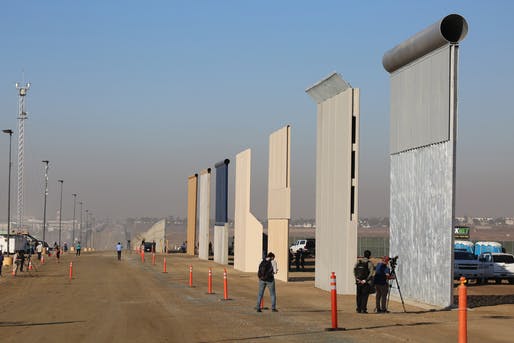
The American Immigration Lawyers Association Comments on the President’s Proposal for a Border Wall
According to the statistics provided by AILA, the U.S. already spends $20 billion on immigration enforcement each year. These funds have contributed to having record numbers of ICE and CBP agents on the border, and hundreds of miles already being fenced. Furthermore, the average number of people being deported is over 400,000 each year.

Updates on the Travel Ban and Ninth Circuit Respond to Travel Ban
On February 3, 2017, the U.S. District Court for the Western District of Washington issued a temporary restraining order on the travel ban, prohibiting the federal government from enforcing travel restrictions contained in President Trump’s Executive Order of January 27, 2018 on a nation-wide basis. The previously revoked visas were reversed and all Custom and Border Protection offices were instructed to immediately resume inspection and admission of travelers from the affected countries.
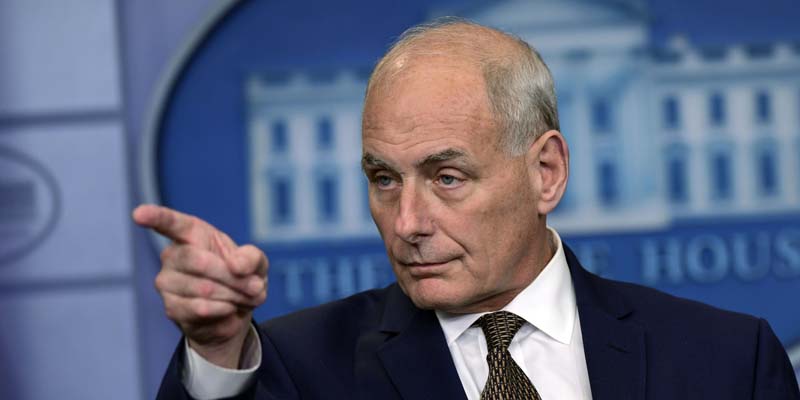
AILA’s Analysis of Secretary Kelly’s Memoranda Implementing the President’s Executive Orders
AILA points out that the two Kelly’s Memoranda call for: Massive detention by requiring anyone apprehended by the Department of Homeland Security to be detained, even those with no criminal conviction, until they are removed, released according to statutes, obtain valid legal status, are found to have a credible fear, or are paroled.
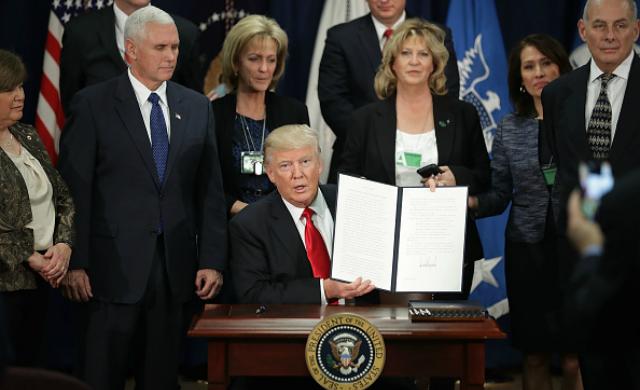
AILA Analyzes President Trump’s Executive Order on Enhancing Public Safety in the Interior of the United States
The American Immigration Lawyers Association issued an analysis of President Trump’s Executive Order 13766 stating that it defines the enforcement priorities broadly and puts every undocumented individual at risk for deportation, including families, long-time residents, Dreamers, and those with no criminal history. Because the priorities are not ranked, it includes everyone without status.




